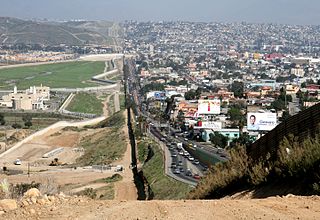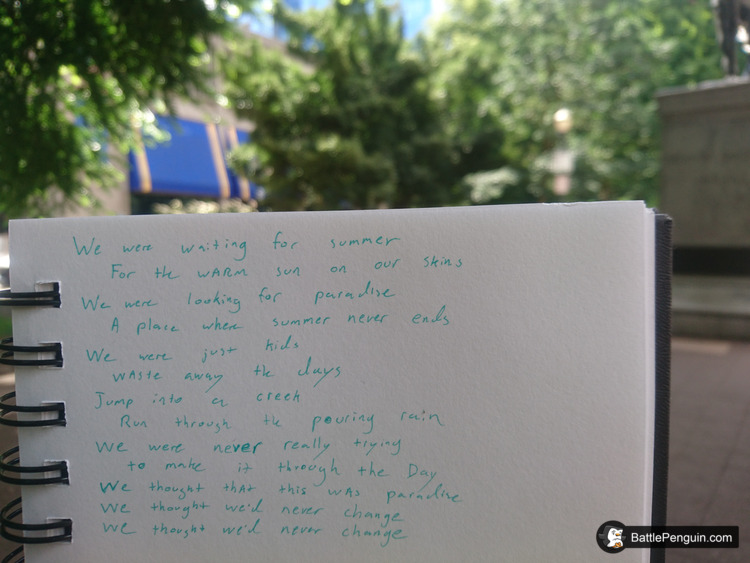Taking a Sabbatical
TechnologyThe American Banking System is Still in the 1990s
Technology
When I lived in Australia, sending money to an individual or business was as simple as knowing their Bank State Branch (BSB) number and account number. I could go through a web interface, or a phone app, and send $50 to a friend. It would show up the next morning in their account (or potentially the same day if we used the same bank). This transfer went through a government system known as the Australian Payments Clearing House (APCA), was completely free of fees for individuals and worked with all banks in Australia. Many countries have similar systems, some adding additional security with one-time use Transaction Authentication Numbers (TANs).
Although America has a means of electronic transfers between banks, it’s not available for individual person-to-person transfers. Automated Clearing House (ACH) transfers are only available to certain businesses and the means for verifying identity and exchanging money via it are slow and convoluted. I honestly hadn’t realized how far behind the American banking system was until I spent several years exposed to various foreign banking systems.
Read MoreAmerica and the Mexican Drug Trade
Politics
Norte, a Mexican newspaper that has been publishing for nearly 30 years, announced that it was shutting down, after three journalists from various news agencies were killed last month. The effects of violence and gangs in parts of Mexico have led to this news organization’s concern over the safety of its reporters. Advocates for the removal of undocumented workers in the United States often cite the violence in Central America as justification for immigration control and fortification, while ignoring questions about the cause. The majority of the violence in the South and Central American countries, including the security problems that are ravishing several cities in Mexico, can all be traced back to the CIA, the funneling of drugs into America and the smuggling of firearms back across the border.
Read MoreReturning to America and the (Un)Affordable Care Act
Politics
I worked in the American health insurance industry during the original Affordable Health Care (ACA) debates back around 2009. I watched a lot of money spent on completely wasteful projects as the entire industry lobbied against a public single-payer option. In January of 2016, I returned to the States after being outside the country for four years. I hadn’t been required to obtain insurance via the ACA while living outside the US. When I looked at my options upon returning, I discovered that many of the fears concerning the Affordable Care Act had proven to be true. All my current options for health coverage, both via my employer and the ACA, either leave me paying more than I ever have in my life for terrible coverage, or paying very little for preventative only care.
Read MoreWe were waiting for summer
Poetry Read More
Read More At Rest
Philosophy
When people die, we tend to say they are at rest. Headstones on burial mounds sometimes etch the words, “Rest in peace.” This euphemism isn’t limited to English. It exists word for word as the German phrase, “Ruhe in Frieden,” or the Spanish saying, “que descanse en paz.” In the conscious, living mind of an individual, rest is an action we take to relieve ourselves of stress and weariness. It is an effort we take to recover from our efforts, either mentally or physically.
Rest doesn’t necessarily involve inaction, such as laying on a beach or falling asleep in one’s bed. It can involve an action, such as watching a movie, playing a game or swimming in a lake. So is it odd that we apply this term to those who no longer have the ability to think? Those who are lost from this world, with no way to ever again participate in the existence we share, are at rest only in our memories. Death, as far as we know, removes one’s ability to rest.
Read MoreAll Trump, All The Time
PoliticsH.R. 170 Will Allow Large Companies to Consolidate Talent in the Tech Industry
Politics
Congress is considering a bill that will increase the minimum wage for H-1B visa holders to $100,000 per year. This is an attempt to discourage businesses from hiring immigrants who require sponsorship, instead of hiring American workers. At least that’s what congress says H.R. 170 will do. However, I think what we’ll actually see are large companies in tech hubs like the bay area, Seattle, Chicago, New York and others, start to absorb the largest swatches of the immigrant talent pool, while shorting smaller companies and public sector jobs from the same access to skilled workers.
Read MoreThe Fallout of American Anger
Politics
In January of 2017, three black eighteen year old males and one black eighteen year old female abducted a white, mentally handicapped man of the same age. The four of them abused him for somewhere between one and two days. They made him drink toilet water while yelling, “fuck trump” and “fuck white people.” They broadcast this on Facebook’s live streaming service. The kidnapping, abuse and hate crime charges they face could put them away for years. We are looking at the effects of the false left right paradigm, and of government propaganda, directly turning Americans against one another.
Read MoreSelf Driving Cars Will Not Solve the Transportation Problem
Technology
For the past couple of years, we’ve seen a substantial amount of research committed by the tech and auto industry into self driving vehicles. Billions of dollars are being spent on a solved problem; depending on how you view the problem. If the domain of the problem is transportation and increasing populations within metropolitan areas, automated driverless trains have been a reality for quite some time. I’d argue that solving the domain space of individual automated cars, while contributing significantly to the fields of machine learning and computer vision, is a wasted effort when it comes to sustainable transportation solutions for the planet.
Read More